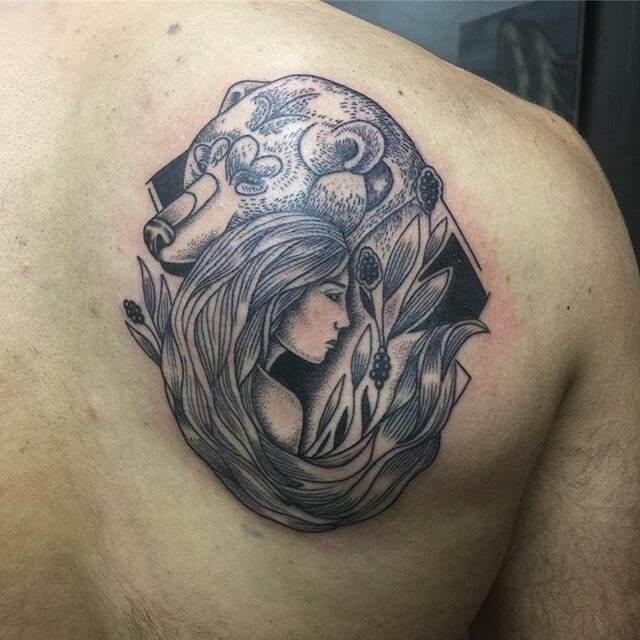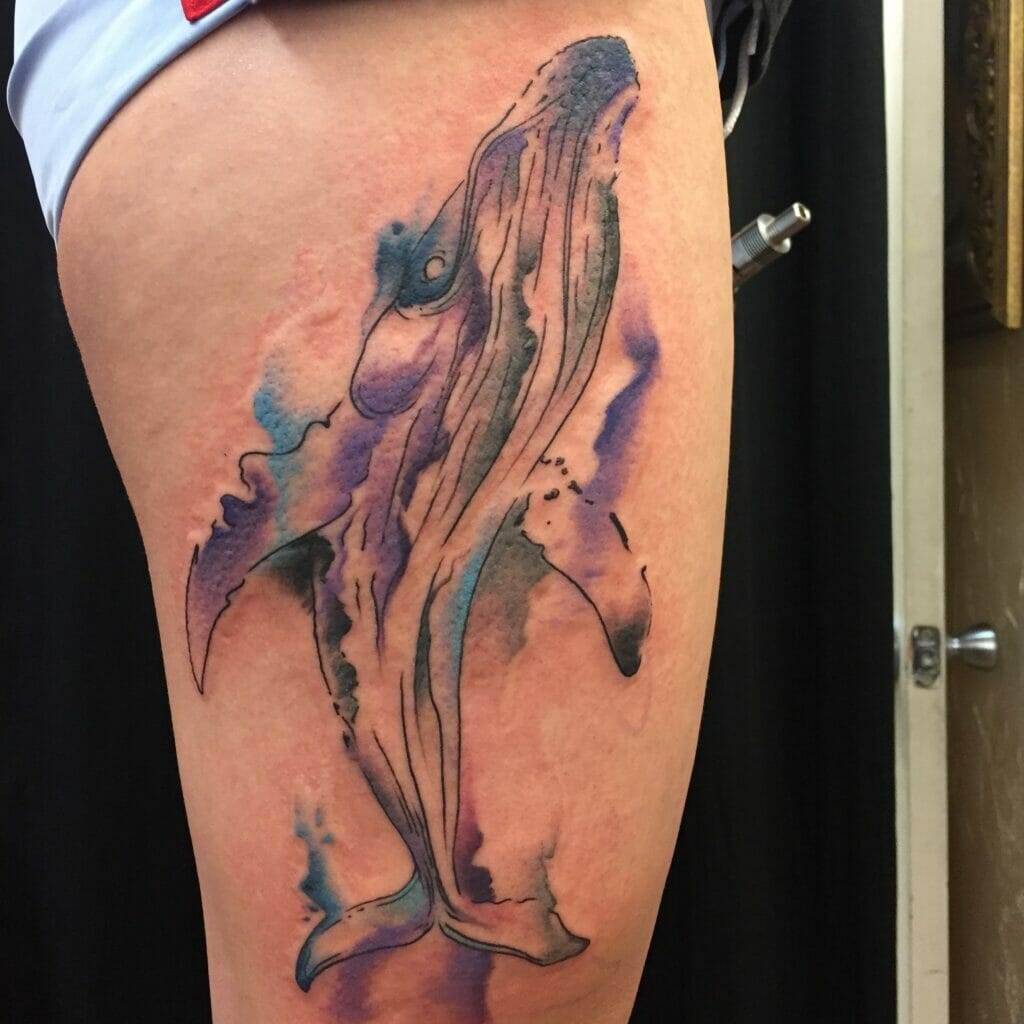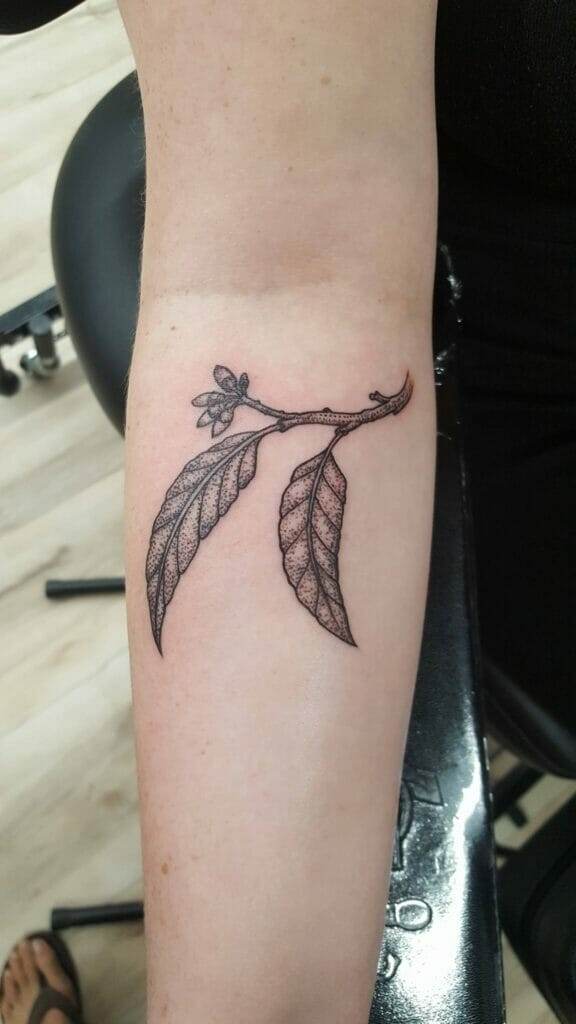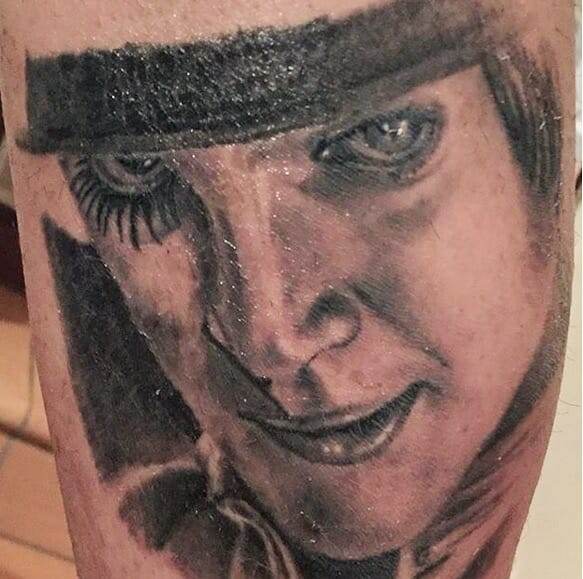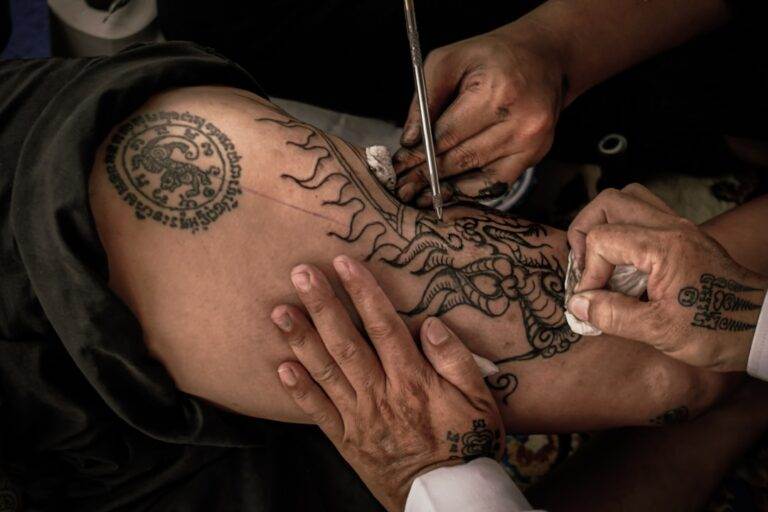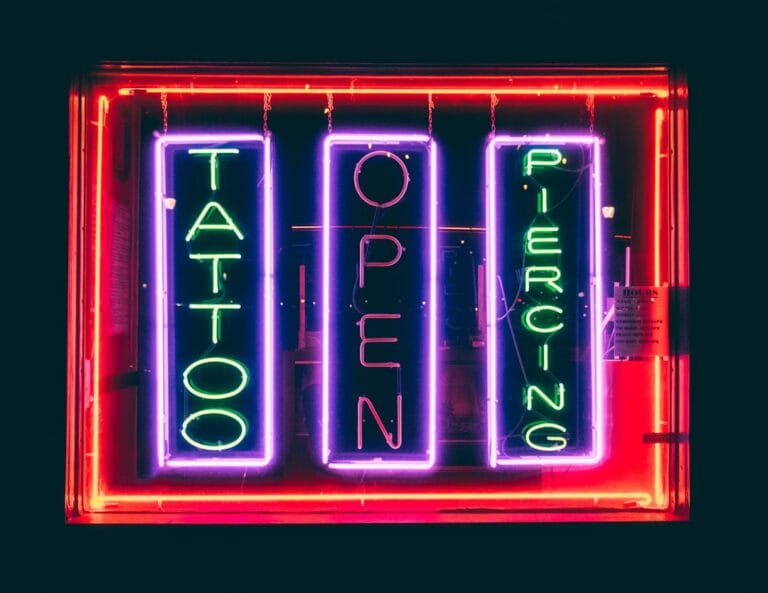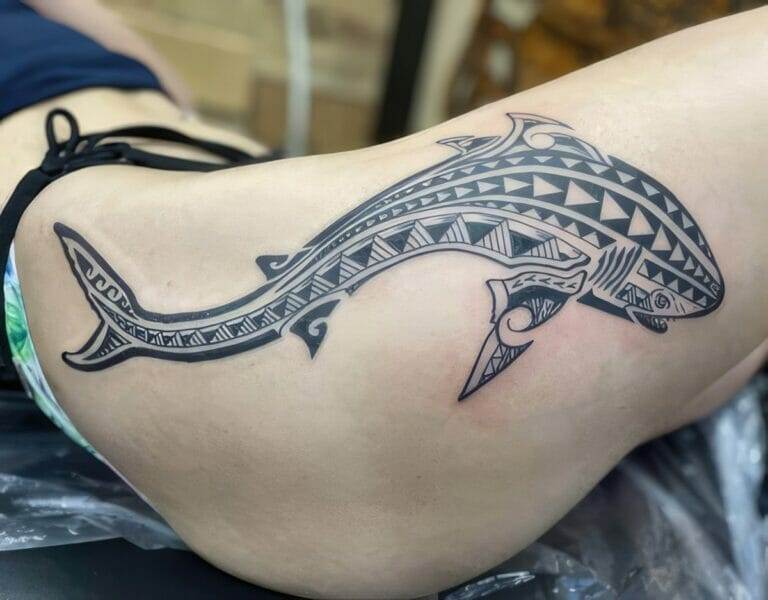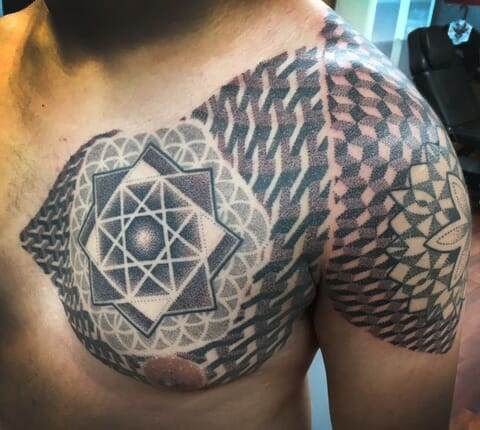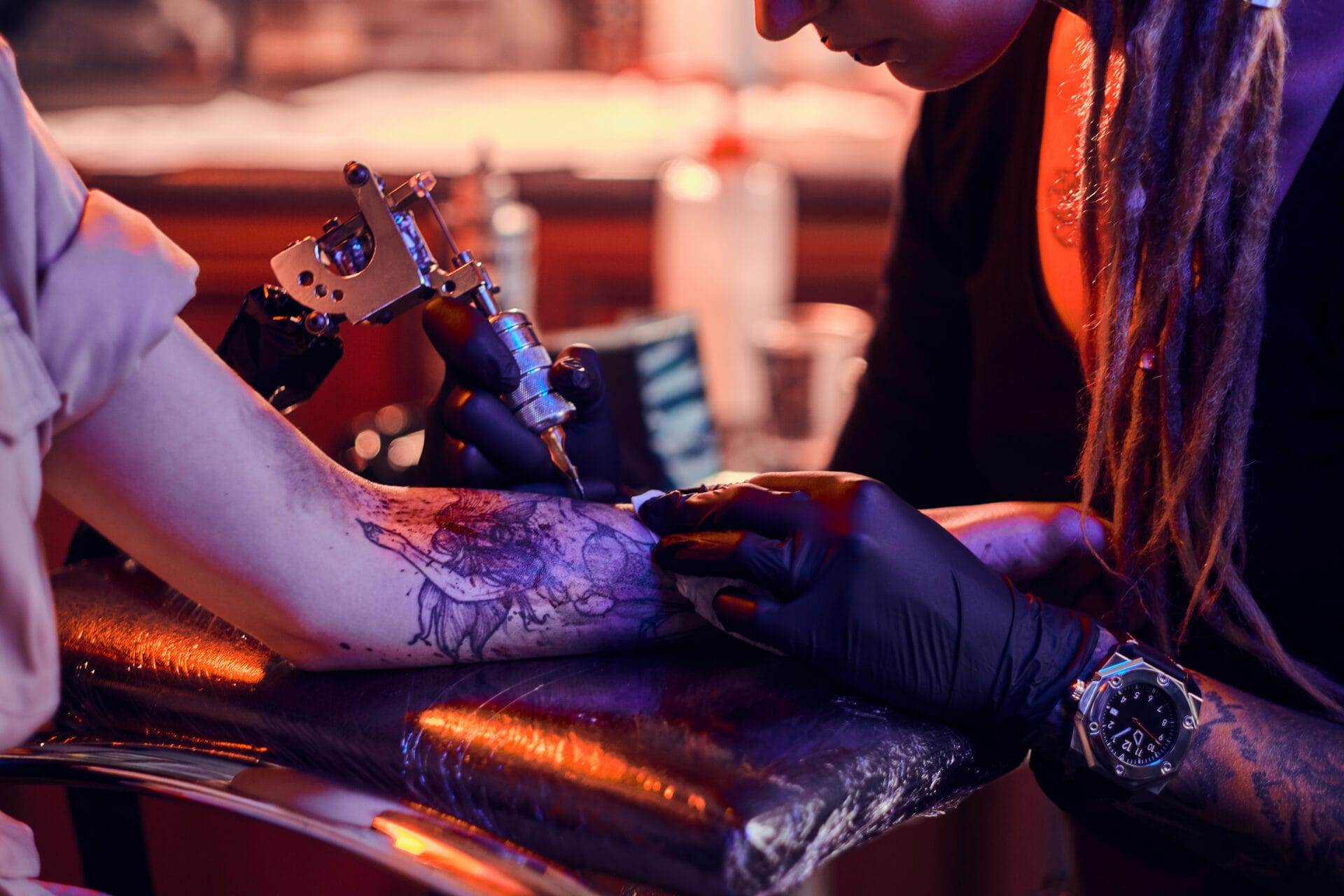
Tattoos have become a popular form of self-expression and artistry, with millions of people around the world adorning their bodies with intricate designs and meaningful symbols. However, over time, tattoos can fade and lose their vibrancy. This is where tattoo touch-ups come in. Touch-ups are a way to revamp and refresh your ink, ensuring that it maintains its original beauty and longevity. In this article, we will explore the importance of tattoo touch-ups, the factors that contribute to tattoo fading, when to consider a touch-up, how to choose the right tattoo artist, preparing for a touch-up session, what to expect during the process, pain management options, aftercare tips, touching up old tattoos, covering up tattoos with touch-ups, and understanding the cost of tattoo touch-ups.
The Importance of Tattoo Touch-Ups: Why You Should Consider Revamping Your Ink
Getting a tattoo is an investment in self-expression and personal style. It is a way to showcase your individuality and create a lasting piece of art on your body. However, over time, tattoos can fade and lose their vibrancy due to various factors such as sun exposure, aging, and skin type. This is where tattoo touch-ups become essential.
One of the main benefits of getting a tattoo touch-up is that it helps maintain the vibrancy and longevity of your ink. Touch-ups allow you to refresh the colors and lines of your tattoo, making it look as good as new. By revamping your ink, you can ensure that it continues to be a source of pride and self-expression for years to come.
Another benefit of getting a touch-up is that it allows you to make any necessary changes or additions to your existing tattoo. Perhaps you want to add more detail or incorporate new elements into your design. A touch-up session provides an opportunity for customization and personalization.
Understanding the Fading Process: What Causes Tattoos to Lose Their Vibrancy
Tattoos can fade over time due to various factors. One of the main culprits is sun exposure. UV rays can penetrate the skin and break down the pigments in your tattoo, causing it to fade. This is why it is important to protect your tattoos from the sun by applying sunscreen and wearing protective clothing.
Aging is another factor that contributes to tattoo fading. As we get older, our skin loses elasticity and collagen, which can affect the appearance of our tattoos. Additionally, the natural shedding and regeneration of skin cells can cause tattoos to fade over time.
Skin type also plays a role in tattoo vibrancy. People with dry skin tend to experience more fading compared to those with oily or normal skin. This is because dry skin lacks the natural oils that help preserve the pigments in tattoos.
When to Touch-Up Your Tattoo: Signs That Your Ink Needs a Refresh
There are several signs that indicate your tattoo may need a touch-up. One of the most obvious signs is fading. If you notice that the colors of your tattoo have become dull or washed out, it may be time for a touch-up. Additionally, if the lines of your tattoo have become blurry or distorted, a touch-up can help sharpen and define them.
Another sign that your tattoo needs a touch-up is if it has developed any gaps or patches where the ink has faded or disappeared completely. This can happen over time due to factors such as sun exposure or improper aftercare. A touch-up can fill in these gaps and restore the overall appearance of your tattoo.
It is important to address these signs promptly and not wait too long before getting a touch-up. The longer you wait, the more extensive the touch-up may need to be, and it may require more time and effort from both you and your tattoo artist.
Preparing for Your Touch-Up Session: Tips for Getting Your Skin Ready
Preparing your skin for a touch-up session is essential to ensure optimal results. Here are some steps you can take to get your skin ready:
1. Stay hydrated: Drink plenty of water in the days leading up to your touch-up session. Hydrated skin is more pliable and can hold ink better.
2. Avoid sun exposure: Protect your tattoo from the sun by wearing sunscreen and covering it with clothing whenever possible. Sunburned or tanned skin can affect the outcome of your touch-up.
3. Moisturize your skin: Keep your skin moisturized leading up to your touch-up session. This will help improve the overall health of your skin and make it more receptive to the ink.
4. Avoid alcohol and blood-thinning medications: Alcohol and certain medications can thin your blood, making you more prone to bleeding during the touch-up session. Avoid these substances for at least 24 hours before your appointment.
5. Shave the area: If your tattoo is in a hairy area, consider shaving it before your touch-up session. This will make it easier for the tattoo artist to work on your skin.
Following these steps will help ensure that your skin is in the best possible condition for your touch-up session, allowing for optimal results.
What to Expect During a Tattoo Touch-Up: The Process and Techniques Used
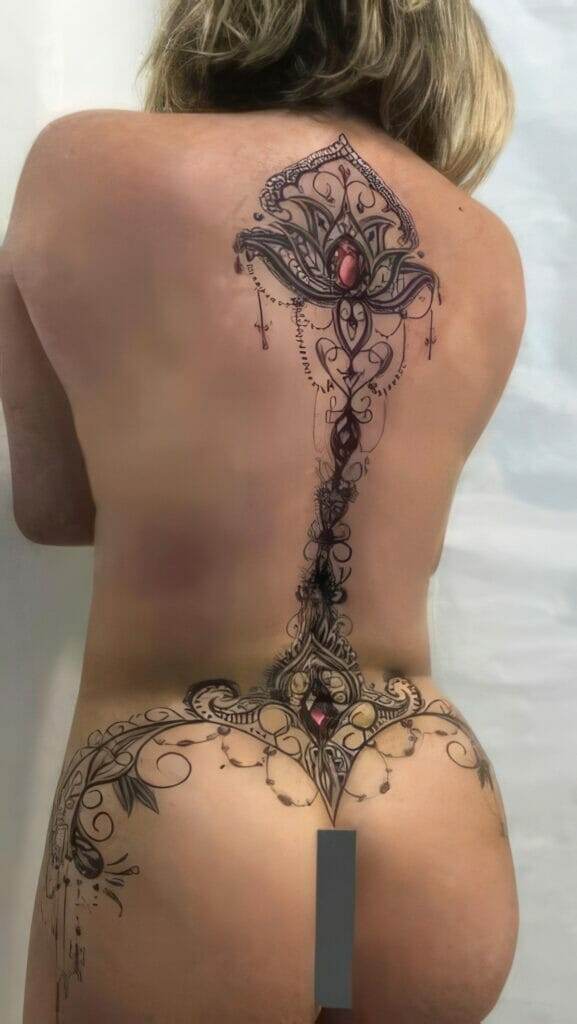
During a tattoo touch-up, the process and techniques used are similar to those used during the initial tattooing process. However, there are some key differences.
First, the tattoo artist will clean and prepare the area to be touched up. They may shave any hair in the area and clean the skin with an antiseptic solution. This ensures that the skin is free from any dirt or bacteria that could interfere with the tattooing process.
Next, the artist will use a tattoo machine to apply fresh ink to the areas that need touching up. They will carefully match the colors and lines of your existing tattoo to ensure a seamless blend. The artist may also make any necessary adjustments or additions to your design during this process.
The duration of a touch-up session can vary depending on the size and complexity of your tattoo. It may take anywhere from 30 minutes to several hours. It is important to communicate with your tattoo artist throughout the process and let them know if you need breaks or have any concerns.
Pain Management: How to Minimize Discomfort During Your Touch-Up
Pain management during a touch-up session is crucial to ensure a comfortable experience. Here are some options you can consider:
1. Topical numbing creams: These creams can be applied to the skin before the touch-up session to numb the area and minimize pain. However, it is important to follow the instructions provided by your tattoo artist and not apply excessive amounts of numbing cream, as it can affect the quality of the tattoo.
2. Distraction techniques: Some people find that engaging in activities such as listening to music, watching a movie, or chatting with the tattoo artist can help distract them from the pain.
3. Deep breathing and relaxation techniques: Practicing deep breathing and relaxation techniques can help calm your mind and body, reducing the perception of pain.
4. Communicate with your tattoo artist: It is important to communicate with your tattoo artist about your pain tolerance. They can adjust their technique or take breaks if needed to ensure your comfort.
Remember, everyone’s pain tolerance is different, so what works for one person may not work for another. It is important to find the pain management options that work best for you and communicate your needs with your tattoo artist.
Aftercare for Your Touch-Up Tattoo: How to Ensure Proper Healing
Proper aftercare is crucial to ensure the proper healing of your touch-up tattoo. Here are some steps you should take:
1. Follow your tattoo artist’s instructions: Your tattoo artist will provide you with specific aftercare instructions tailored to your touch-up tattoo. It is important to follow these instructions carefully to avoid complications and promote proper healing.
2. Keep the area clean: Gently wash the tattooed area with mild soap and water, using your hands or a clean cloth. Avoid scrubbing or using harsh products that can irritate the skin.
3. Apply a thin layer of ointment: After washing, apply a thin layer of ointment recommended by your tattoo artist to keep the area moisturized and prevent infection. Be sure not to apply too much ointment, as it can clog pores and hinder the healing process.
4. Avoid picking or scratching: It is important to resist the urge to pick or scratch at your touch-up tattoo, as this can cause scarring and affect the overall appearance of the ink.
5. Protect from sun exposure: Protect your touch-up tattoo from the sun by applying sunscreen with a high SPF and wearing protective clothing. Sun exposure can cause the ink to fade and affect the healing process.
By following these aftercare steps, you can ensure that your touch-up tattoo heals properly and maintains its vibrancy for years to come.
Touching Up Old Tattoos: How to Give Your Vintage Ink a New Lease of Life
Touching up old tattoos is a great way to give your vintage ink a new lease of life. Over time, tattoos can fade and lose their vibrancy, especially if they were done many years ago. By getting a touch-up, you can refresh the colors and lines of your old tattoo, making it look as good as new.
When touching up an old tattoo, the tattoo artist will carefully match the colors and lines of your existing ink to ensure a seamless blend. They may also make any necessary adjustments or additions to your design to enhance its overall appearance.
It is important to find a skilled tattoo artist who has experience in touching up old tattoos. They will have the expertise and knowledge to work with aged ink and ensure that the touch-up process is successful.
Covering Up Tattoos with Touch-Ups: How to Transform Old Designs into New Ones
Another option for revamping your ink is covering up old tattoos with touch-ups. This technique allows you to transform old designs into new ones, giving you a fresh canvas for self-expression.
Covering up tattoos with touch-ups involves strategically incorporating new elements or designs into your existing tattoo to create a cohesive and visually appealing result. The tattoo artist will carefully plan and execute the cover-up, ensuring that the old tattoo is completely hidden beneath the new design.
The success of a cover-up depends on various factors such as the size, color, and location of the old tattoo. It is important to consult with a skilled tattoo artist who specializes in cover-ups to determine if your old tattoo is suitable for this technique.
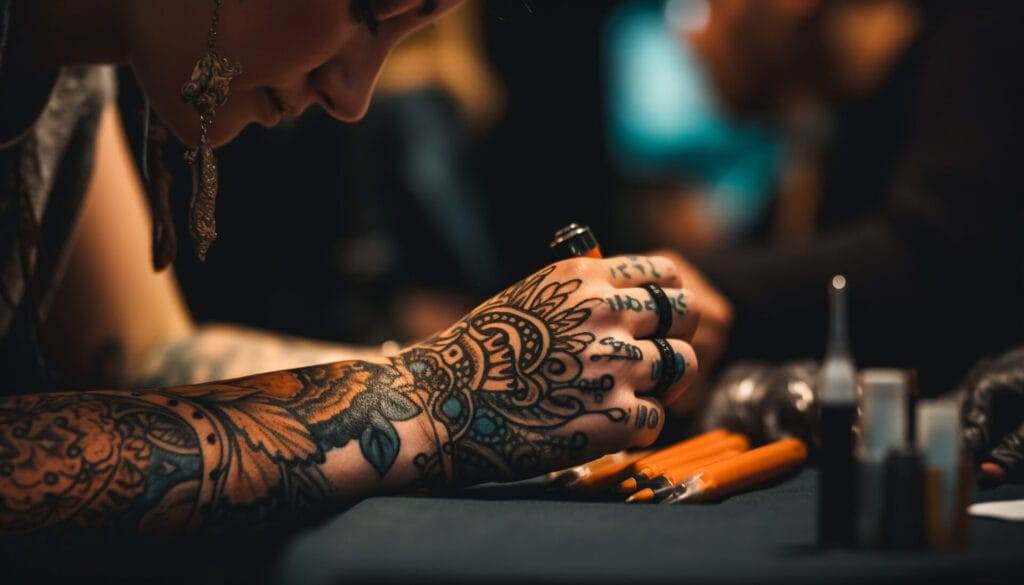
Cost of Tattoo Touch-Ups: Understanding the Pricing and Budgeting for Your Revamped Ink
The cost of tattoo touch-ups can vary depending on various factors such as the size, complexity, and location of your tattoo, as well as the reputation and experience of the tattoo artist. Generally, touch-ups are less expensive than getting a completely new tattoo, as they require less time and ink.
It is important to budget for your touch-up session to ensure that you can afford the cost. Research different tattoo artists and their pricing structures to get an idea of the average cost in your area. Keep in mind that quality should be a priority over price when it comes to getting a touch-up. It is worth investing in a skilled and experienced tattoo artist who can deliver the best results.
Tattoo touch-ups are an important part of maintaining the vibrancy and longevity of your ink. They allow you to refresh and revamp your tattoos, ensuring that they continue to be a source of pride and self-expression for years to come. By understanding the factors that contribute to tattoo fading, knowing when to consider a touch-up, choosing the right tattoo artist, preparing for a touch-up session, managing pain, following proper aftercare, and exploring options such as touching up old tattoos or covering up with new designs, you can give your ink a new lease of life. So, if you have a tattoo that needs some love and attention, consider getting a touch-up and enjoy your revamped ink.

